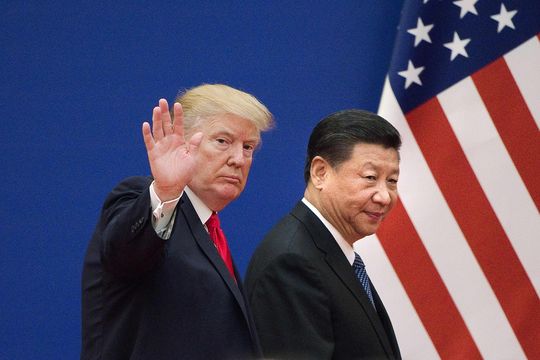
“Effectively, that market (China) is closed to U.S. exporters,” says Ed Brzytwa, director of trade for the American Chemistry Council.
After a week of Twitter optimism and threats, U.S. trade talks with China end without a deal, and higher tariffs go into effect. John Fritze reports. USA TODAY
China said it’s lifting the tariffs from a range of 5% to 10% to as much as 25%, with many goods set to be taxed at the upper limit. The higher duties are scheduled to take effect June 1. About 5,000 products are affected, including beef, fruit, vegetables, coats, refrigerators, furniture and electric saws.
Chinese officials announced the countertariffs after the Trump administration on Friday raised tariffs on $200 billion in U.S. imports from China from 10% to 25%.
The retaliatory tariffs China unveiled alone won’t significantly ding the U.S. economy, cutting economic growth by about a tenth of a percentage point next year if the trade fight isn’t resolved, according to Oxford Economics and Moody’s Analytics. But all existing U.S. and Chinese duties, including those announced Monday, will shave growth by three-tenths of a percentage point next year, says Oxford economist Greg Daco. Moody’s chief economist Mark Zandi expects an even bigger impact of nearly half a percentage point.
The fallout for investors has been more prominent. The Dow Jones industrial average tumbled more than 600 points Monday. That’s partly because multinational corporations with significant exports could see less revenue and profits, Zandi says. The bigger toll is on business confidence and investment, he says.
“It raises the probability of a full-blown trade war, which will hammer earnings,” Zandi says.
So far, China has slapped tariffs on $100 billion in U.S. goods. As a result, U.S.exports to China fell 7% in 2018, according to the U.S.-China Business Council. And Chinese investment in the U.S. was down 60% last year, “in part because of added scrutiny applied to proposed deals and a souring political climate,” the group says.




















